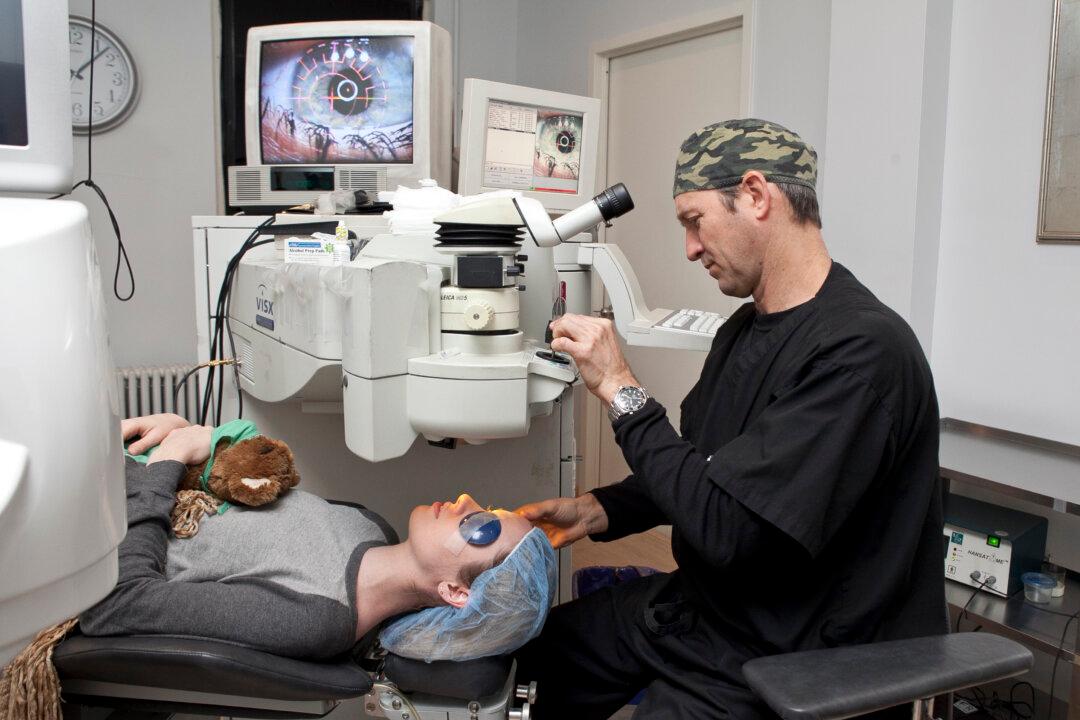Have you been increasingly struggling to read menus or the newspaper because you can’t make out the font? Or maybe you have to fumble for your eyeglasses before checking your iPhone because the screen always looks blurry?
If so, a tiny, implantable lens may be able to help.
In May, Dr. Steven Stetson, the medical director of the Diamond Vision clinics, and his team began offering the KAMRA inlay procedure, which improves near vision.

Dr. Steven Stetson in his office at Diamond Vision in Manhattan, New York, on Aug. 25, 2016. Samira Bouaou/Epoch Times





